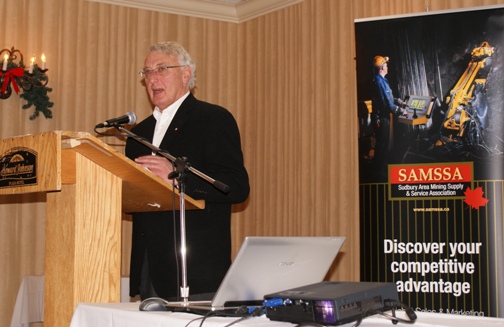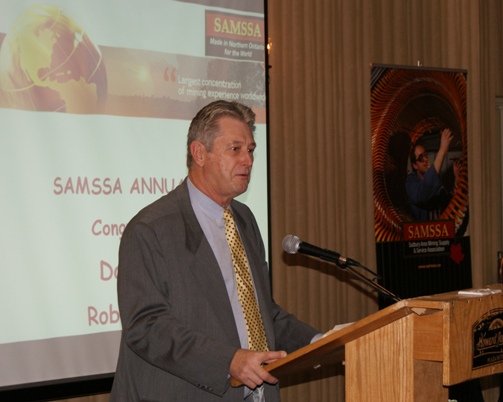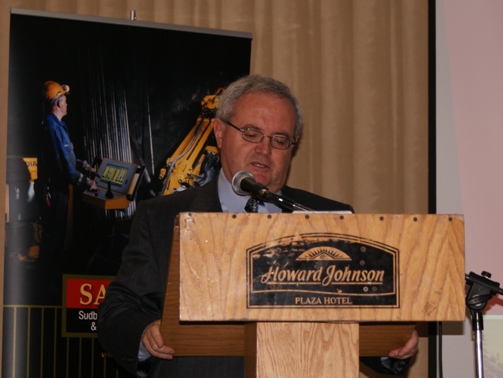Thomas A. Edison the famous inventor came to Sudbury in 1901 searching for nickel. He was unsuccessful as he didn’t drill deep enough. Years later Falconbridge would develop a mine on this very claim.
The strategic military importance of nickel attracted major American corporations. In 1902 J.P. Morgan of U.S. Steel helped establish the International Nickel Company by combining the Orford Copper Company’s New Jersey refinery with the Canadian Copper Company’s Sudbury mines. Samuel Ritchie was ousted be his partners back in 1891 giving Robert M. Thompson control. Ambrose Monell, who came from U.S. Steel was the first president.
In 1905, Sudbury nickel production surpassed that of New Caladonia for the first time and would continue it stranglehold on the world’s largest supplies of nickel until the late 1970s.
The growing importance of Sudbury and all of northern Ontario was formally recognized by the provincial government of Premier James Whitney (1905-1914) by appointing Sudbury businessman and former mayor Frank Cochrane as the province’s first northern cabinet minister. He served as the as the provincial minister of lands, forests and mines from 1905 to 1911. At the turn of the last century northern Ontario’s vast resources were supplying about 25 per cent of Queen’s Park revenues.





























